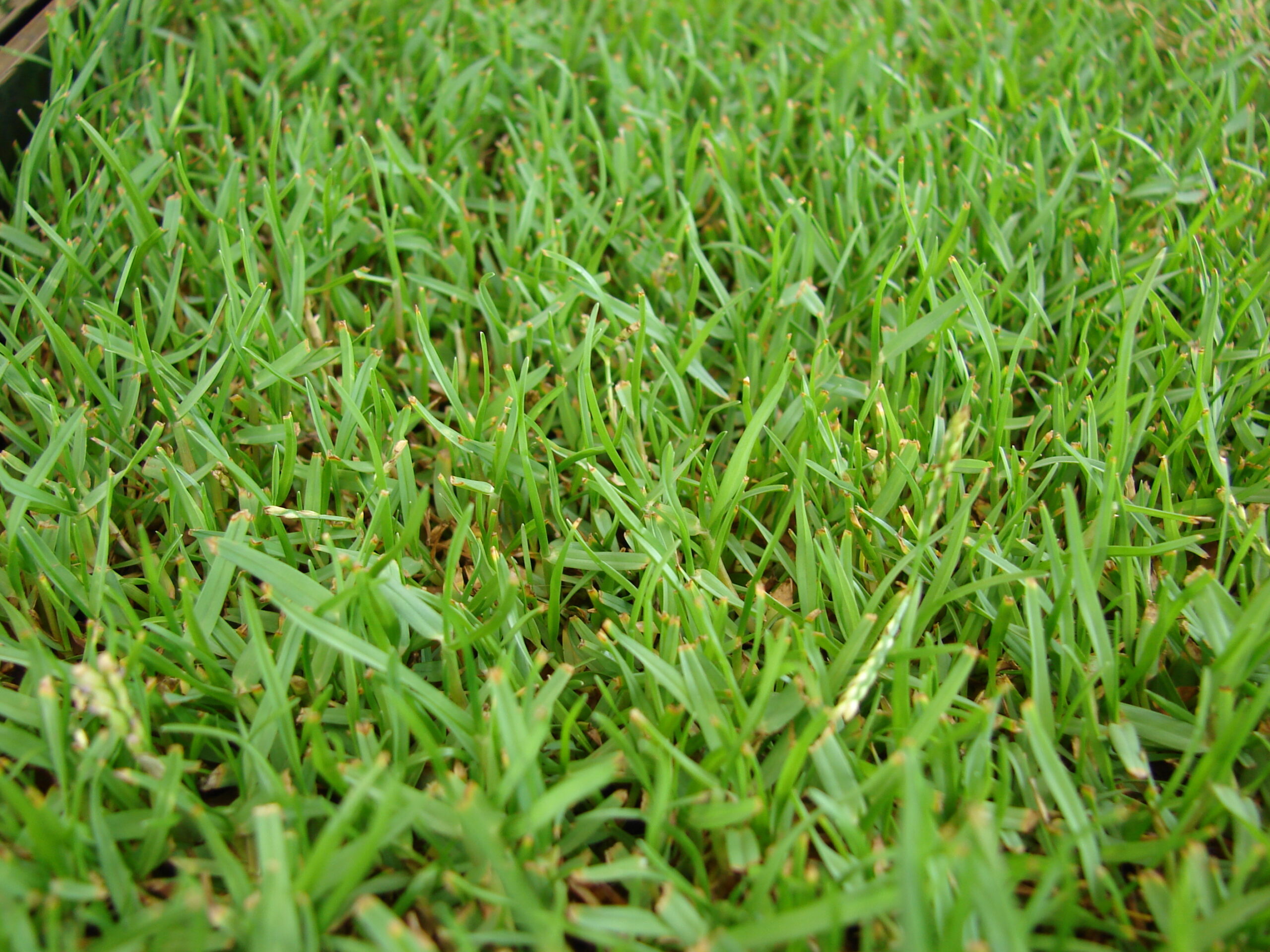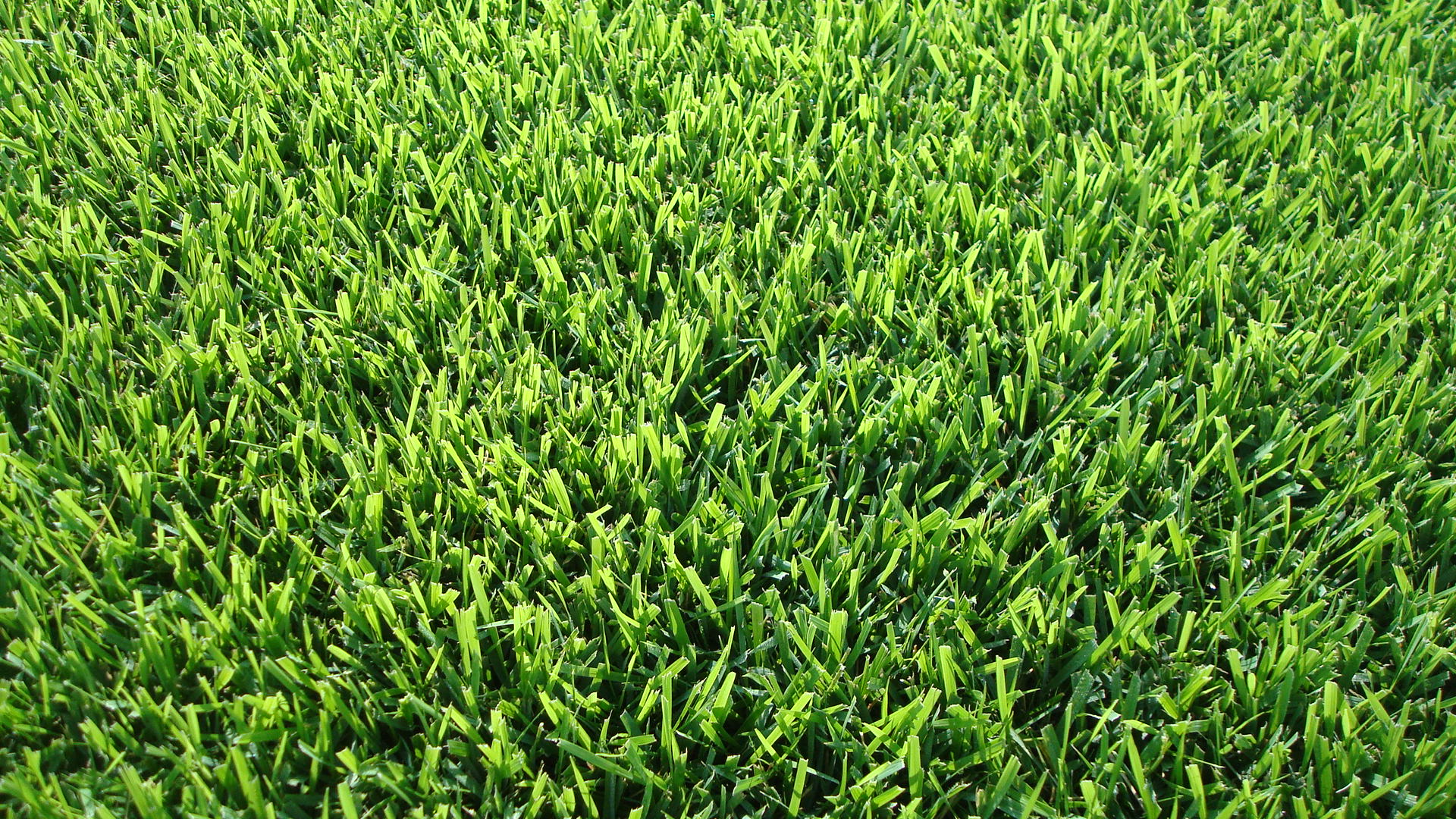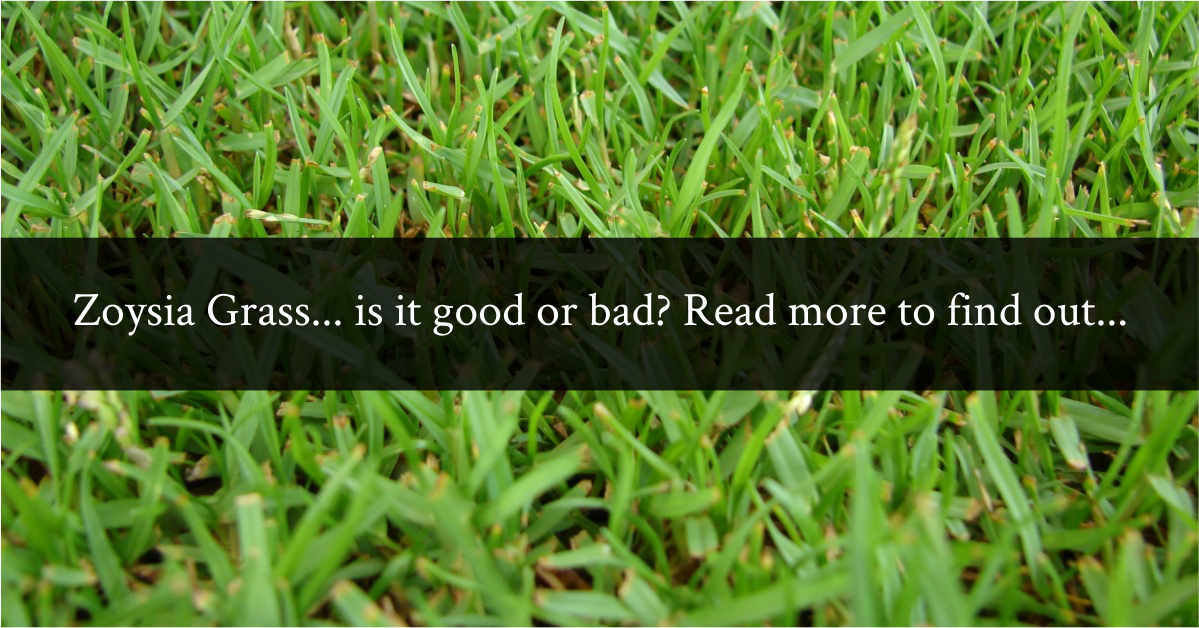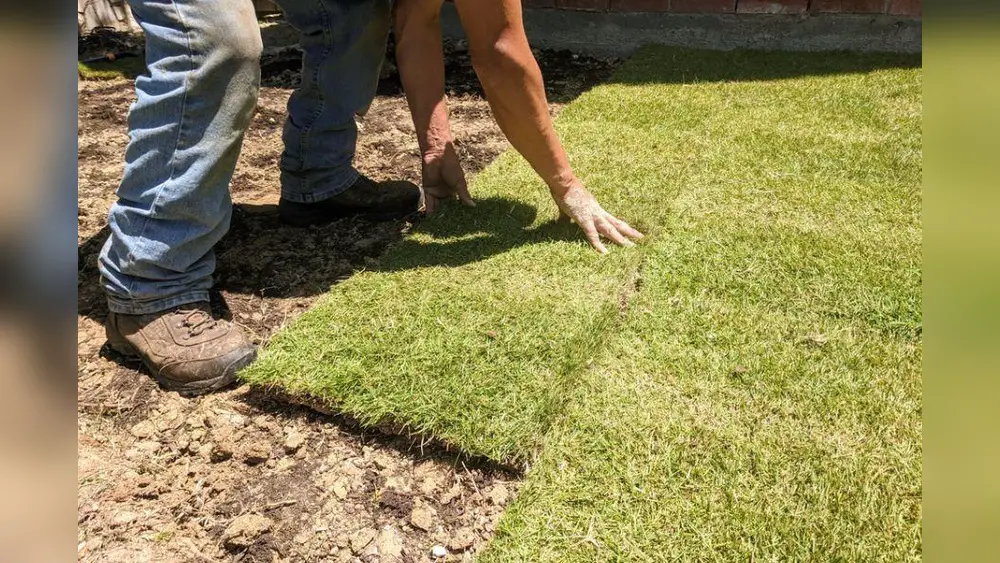Are you ready to transform your Florida lawn with lush, green Zoysia sod? Knowing exactly when to plant is the secret to achieving a thick, healthy turf that stands up to Florida’s unique climate.
Plant too early or too late, and you might face slow growth, patchy spots, or extra maintenance headaches. But if you time it right, your lawn will establish strong roots, resist pests, and stay beautiful through the seasons. You’ll discover the best time to plant Zoysia sod in Florida, along with simple tips to help your lawn thrive from day one.
Keep reading to make your lawn the envy of the neighborhood!

Credit: greengrasssodfarms.com
Zoysia Sod Basics
Zoysia sod is a popular choice for Florida lawns. It grows thick and dense, creating a soft carpet of grass. This grass type adapts well to the Florida climate, handling heat and drought better than many others. Understanding its traits helps in choosing the best planting time and care methods.
Zoysia grass spreads slowly but forms a strong, durable lawn. It has a deep green color that many homeowners find appealing. Knowing the grass’s strengths and weaknesses can guide proper maintenance and expectations for your yard.
Characteristics Of Zoysia Grass
Zoysia grass has fine to medium blades. It feels soft underfoot and provides a lush look. The grass grows slowly but steadily, making it low-maintenance once established. It tolerates heat, drought, and moderate shade well. Zoysia also resists foot traffic, ideal for busy yards.
The grass goes dormant and turns brown in colder months. It recovers quickly in warm weather. Its dense growth helps control weeds naturally. Zoysia sod requires less frequent mowing than other grasses.
Benefits And Drawbacks
Zoysia sod offers several benefits. It conserves water due to deep roots. It reduces soil erosion and provides a soft surface. The thick turf blocks many weeds, lessening the need for herbicides. It also tolerates salt, making it good for coastal areas.
Drawbacks include slow growth and recovery. It can take time to fill bare spots. Thatched layers may build up, needing annual removal. The grass can spread into flower beds or neighboring lawns. It also goes dormant and brown in winter, which some find less attractive.

Credit: dickersonlandscaping.com
Ideal Planting Seasons
Choosing the right season to plant Zoysia sod in Florida helps ensure healthy growth. The grass thrives best when temperatures and soil conditions support root establishment. Planting during ideal seasons reduces stress on the grass and speeds up lawn establishment. Understanding these seasons allows homeowners to enjoy a lush, green lawn sooner.
Spring And Early Summer Planting
Spring and early summer offer warm soil and increasing daylight. These conditions promote quick root growth and strong grass development. Plant Zoysia sod after the last frost to avoid cold damage. The warming weather helps the sod take root before Florida’s hot summer arrives. Water the sod regularly to keep the soil moist and encourage deep roots.
During this time, the grass grows actively, filling in gaps faster. This reduces weed problems and creates a dense lawn. Early summer planting still allows enough time for the grass to prepare for the hot months. It also helps the lawn recover quickly from any summer stress.
Fall And Winter Installation
Fall and winter are calmer growing seasons for Zoysia in Florida. The grass enters a slower growth phase but still builds roots. Installing sod in fall gives roots time to establish before spring growth. The cooler weather reduces water loss and stress on new sod. Regular watering remains important, even if the grass looks dormant.
Root growth happens beneath the surface during these months. This hidden growth prepares the lawn for a strong start in spring. Sod planted in fall or winter often requires less mowing at first. These seasons can be a good choice in Florida, where winters are mild and frost is rare.
Soil Preparation Tips
Preparing the soil is a key step before planting Zoysia sod in Florida. Good soil preparation helps the grass roots grow strong and healthy. It also improves water drainage and nutrient absorption. Taking time to prepare the soil will lead to a lush and even lawn.
Clearing And Leveling
Start by removing all debris, rocks, and old grass from the area. This creates a clean surface for the new sod. Use a rake or shovel to clear the soil well. Next, level the ground to avoid bumps or low spots. A smooth surface helps the sod lay flat and root evenly. Use a lawn roller or simply walk over the soil to press it down slightly. Proper leveling prevents water from pooling on the lawn.
Aeration Techniques
Aerating the soil is important to allow air, water, and nutrients to reach the roots. Use a garden fork or a mechanical aerator to poke holes in the soil. These holes reduce soil compaction and improve drainage. Aeration also helps the roots grow deeper and stronger. Do this step after clearing and leveling the soil. Aerated soil gives your Zoysia sod a better start and supports healthy growth.
Planting Process
Zoysia sod requires strong root development for a healthy lawn in Florida. Roots anchor the grass and absorb water and nutrients. Planting at the right time helps roots grow quickly. This ensures the sod establishes well before dry or cold periods. Understanding root growth patterns helps gardeners choose the best planting time. Below are details on the establishment timeline and winter root growth.
Establishment Timeline
After laying zoysia sod, roots begin to grow within days. The first two weeks focus on surface rooting. Roots spread horizontally to hold the sod in place. By weeks three to six, roots grow deeper into the soil. This deeper growth improves drought resistance and nutrient uptake. Warm Florida temperatures speed up this process. Consistent watering during these weeks is crucial. Avoid heavy foot traffic until roots are strong. Proper care during this timeline leads to a lush, stable lawn.
Winter Root Growth
In Florida, zoysia sod roots grow slowly during winter. Cooler temperatures slow root activity but do not stop it. The grass may go dormant above ground, but roots still develop below. This slow growth prepares the lawn for spring. Water the sod moderately to keep roots healthy. Overwatering can cause root rot, so balance is key. Winter root growth helps the lawn survive dry spells. It also allows quick recovery when warm weather returns.
Root Development
Zoysia sod offers a lush, green lawn but comes with maintenance challenges in Florida’s climate. Managing thatch and proper mowing keeps the grass healthy. Ignoring these can lead to poor growth and lawn damage. Understanding these tasks helps maintain a beautiful Zoysia lawn year-round.
Thatch Management
Thatch is a layer of dead grass and roots on the soil surface. Zoysia tends to build thick thatch quickly. Too much thatch blocks water, air, and nutrients from reaching roots. Removing thatch regularly is essential. Use a dethatching rake or machine in early spring or fall. Avoid dethatching during hot summer months to prevent stress. Regular dethatching helps prevent pests and diseases.
Mowing Recommendations
Mowing Zoysia sod correctly promotes thick, healthy growth. Set mower blades to 1 to 2 inches high. Cutting too short stresses the grass and encourages weeds. Mow frequently during the growing season, about once a week. Keep mower blades sharp for clean cuts. Leave grass clippings on the lawn to return nutrients to the soil. Reduce mowing frequency in cooler months when growth slows.
Maintenance Challenges
Caring for Zoysia sod in Florida requires attention to seasonal changes. Proper seasonal care helps the grass stay healthy and strong throughout the year. Understanding how to handle dormancy and winter watering needs is key to maintaining a lush lawn.
Handling Dormancy
Zoysia grass naturally goes dormant in cooler months. During dormancy, the grass turns brown but stays alive under the soil. Avoid mowing too short or fertilizing late in the season. Let the grass rest to build energy for spring growth. Keep foot traffic low to prevent damage while dormant.
Winter Watering Needs
Even when dormant, Zoysia sod needs water to keep roots healthy. Water less often than in summer but do not let soil dry out completely. Aim to water once every two weeks if there is no rain. Proper winter watering helps the grass recover quickly once warm weather returns.
Seasonal Care
Zoysia sod thrives well in Florida’s climate but faces some common issues. Knowing these problems helps you care for your lawn properly. Early attention prevents bigger troubles later.
Pests And Diseases
In Florida, pests can damage Zoysia grass quickly. Chinch bugs and sod webworms are common enemies. They feed on the grass blades and roots, causing brown spots. Treat infestations early with appropriate insecticides.
Diseases like brown patch and dollar spot also affect Zoysia sod. These fungal infections thrive in warm, humid weather. Proper watering and good lawn drainage reduce disease chances. Avoid overwatering and mow regularly to keep grass healthy.
Invasive Growth Control
Zoysia grass spreads fast and can invade flower beds or neighbors’ yards. It sends out runners that take over nearby areas. Use physical barriers like edging to control this growth.
Regular mowing and trimming stop the grass from spreading too far. Removing runners manually helps keep the lawn tidy. This control protects other plants and prevents disputes with neighbors.

Credit: mikesbackyardnursery.com
Common Issues
Cost plays a big role when planting Zoysia sod in Florida. You want to balance upfront expenses with long-term savings. Different methods of growing Zoysia have unique costs. Planning your budget carefully can help you get a healthy lawn without overspending.
Sod Vs Seed
Choosing sod means paying more at the start. Sod is ready to grow and covers the ground fast. This lowers the risk of weeds and erosion. Seed costs less but needs more time and care. Seeds take weeks to sprout and grow thick. You may need extra water, fertilizer, and weed control. Sod is best for quick results. Seed suits those with time and patience.
Long-term Expenses
Zoysia lawns require maintenance year-round. Mowing, watering, and fertilizing add to costs. Sod lawns usually need less weed control early on. Seeded lawns may face more weed problems while growing. Zoysia grass grows slowly but lasts many years. Investing in quality sod can save money on repairs later. Good care reduces the need for reseeding or resodding. Plan for steady upkeep to protect your investment.
Frequently Asked Questions
When To Lay Zoysia Sod In Florida?
Lay zoysia sod in Florida from late spring to early summer, after the last frost. Fall planting also works but root growth slows. Water consistently until established.
Can You Lay Zoysia Sod In The Fall?
Yes, you can lay zoysia sod in the fall. Prepare soil well and water consistently to help roots establish before winter.
What Is The Downside To Zoysia Grass?
Zoysia grass establishes and recovers slowly from damage. It requires annual de-thatching and turns brown in winter. It can invade neighboring areas and costs more than other grasses.
Is August Too Late To Plant Zoysia Grass?
August is late but still possible to plant zoysia grass. Warm soil helps root establishment before cooler months. Water regularly for best results.
Conclusion
Planting Zoysia sod in Florida works best in late spring or early summer. This timing helps the grass establish strong roots before heat intensifies. Fall planting can also succeed if you water regularly and prepare the soil well. Remember, Zoysia grows slowly, so patience is key.
Proper care during the first months will lead to a healthy, green lawn. Choose the right time and give your sod the care it needs to thrive. Your effort will pay off with a beautiful, long-lasting lawn.

